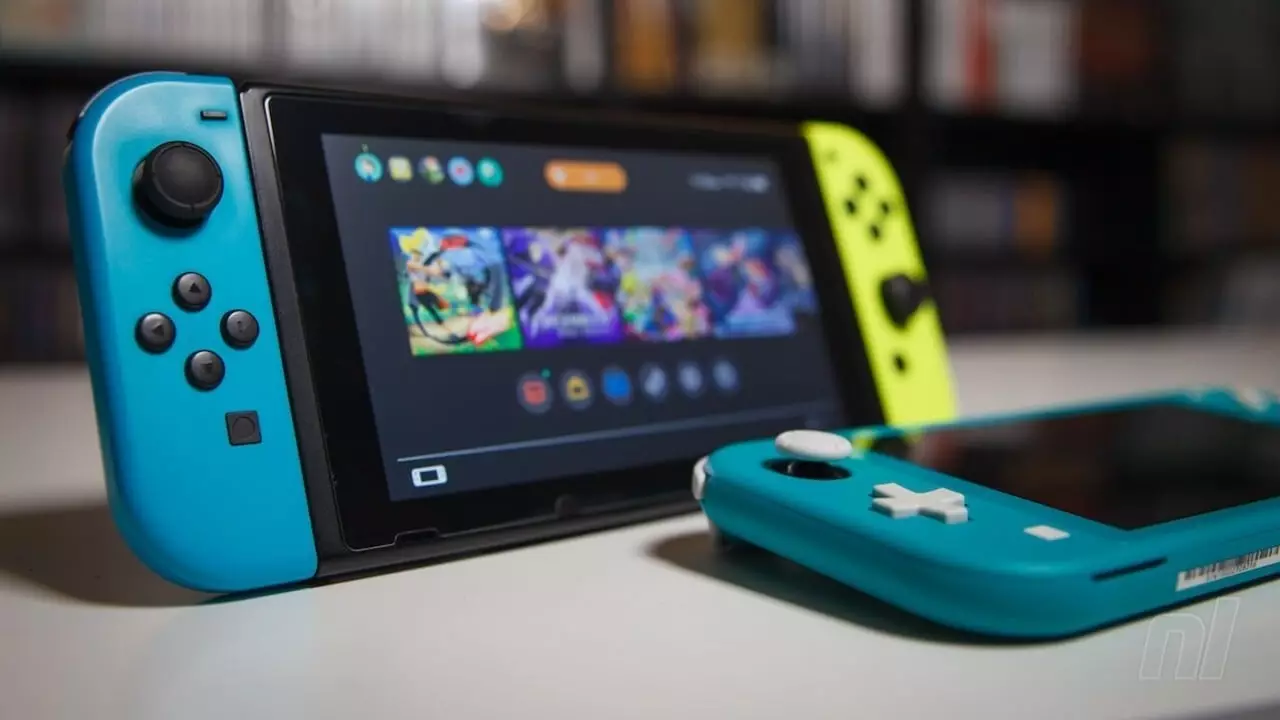Nintendo has long been a name synonymous with innovation and creativity in the gaming industry. Set to open its doors next month, the Nintendo Museum is poised to not only celebrate the company’s rich history but also highlight its philosophy of staying true to its roots in an ever-evolving market. Shigeru Miyamoto, the legendary figure behind many of Nintendo’s most iconic games, recently shared his insights in an interview with Famitsu, offering a glimpse into what visitors can expect from the museum and the enduring ethos of Nintendo.
Miyamoto emphasized that Nintendo’s identity is built upon the idea of being distinct rather than conforming to market trends. This perspective is vital in understanding the core of Nintendo’s appeal: rather than engaging in a perpetual race with rivals, the company has carved a niche for itself by focusing on creating unique experiences. This credo is evidently reflected in the diverse libraries of games across various consoles—from the innovative motion controls of the Wii to the hybrid nature of the Switch. The establishment of the museum aims to reinforce this message; visitors will witness firsthand the evolution of a company that prioritizes creativity and originality over the pressures of the competitive landscape.
The museum will serve as more than just a display of relics; it will be an immersive experience showcasing Nintendo’s commitment to thinking outside the box. Each exhibit, according to Miyamoto, is designed to allow attendees to perceive the company’s trajectory—a journey not dictated by technological fads or immediate commercial gains but by a passion for crafting memorable gaming experiences.
As attendees stroll through the museum, they will encounter a timeline that juxtaposes Nintendo’s growth alongside technological advancements in the industry. Miyamoto noted that throughout the years, analysts and industry insiders have frequently urged Nintendo to pivot towards trending technologies such as mobile gaming or high-performance hardware. However, the museum intends to illuminate the company’s thoughtful approach to technology: moving forward only when the time is ripe, rather than rushing for immediate gains that might compromise their unique vision.
By curating a space that showcases the philosophy behind past creations, the museum undoubtedly aims to generate a deeper understanding of how Nintendo approaches product development. The notion that Nintendo’s history is not merely one of competition against other gaming giants but instead a celebration of individuality holds immense value for current and future gamers alike.
One intriguing aspect of Miyamoto’s vision for the museum is its ability to bridge generational gaps, fostering an appreciation for the nostalgia and innovation that people aged 8 to 80 can share. The prospect of a family visiting the museum—a group comprising a grandparent who played on the NES, a parent who grew up with the Game Boy, and a child intrigued by the Switch—is one of connection and shared experience. The museum aims to not only entertain but also educate visitors on how Nintendo has remained a constant in a rapidly shifting landscape.
Miyamoto’s insights showcase the broader implications of player interaction with the brand—highlighting a sense of trust cultivated over generations. As visitors reflect on the whimsical worlds Mario, Link, and countless other characters inhabit, they may come to appreciate that the magic of Nintendo lies not just in gameplay, but in the values the company embodies.
Miyamoto’s focus on trust extends beyond the consumer experience; it poses an essential message for stakeholders and industry watchers alike. As he stressed, Nintendo’s strategy is not solely reactive; it involves a balanced perspective on long-term vision. This trust fosters confidence among shareholders and invites continued investment in a company that prioritizes lasting relationships over fleeting trends.
In an era where many organizations chase ephemeral success, Nintendo’s forthcoming museum stands as a testament to an alternative path—one that honors its legacy while looking toward the future. This thoughtful, introspective approach could very well serve as a blueprint for other companies, urging them to consider the beauty of patience and authenticity in their journeys.
As the Nintendo Museum prepares for its grand opening on October 2nd, it carries the potential to redefine how we understand video game history. With interactive exhibits promising a fun-filled exploration of the brand’s journey, it seems clear that Nintendo is not just gearing up for an event; it is crafting a narrative that resonates with fans, new and old, in a timeless dialogue about creativity and passion in gaming.

